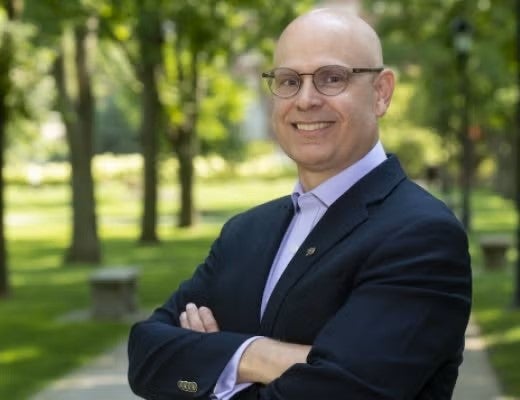Our mission is to provide centralized support that enhances the ability of Pitt’s Shared Research Core Facilities to perform transformational research.
Types of Shared Research Core Facilities
A shared Research Core Facility (an “RCF”):
- Houses one or more devices, instruments, special services;
- Occupies a shared physical or virtual space;
- Services multiple groups of researchers;
- Has an operating/governance model; and
- Has a business/cost model
Many Pitt facilities meet this definition, so we differentiate a level 1 (L1) RCF from level 2 (L2) RCF. An L1RCF is supported by the office of the senior vice chancellor for research, is of large physical or virtual scale, is used daily by many research groups inside and outside of Pitt, and is governed by a Faculty Director and a Facility Manager. An L2RCF is supported by other means (e.g., by a school or a department), is of smaller scale, is used by two or more research groups, and is typically governed by just a Faculty Director.
Who We Are

The Vice Chancellor for Research Infrastructure, Robert K. Cunningham, working with Directors of Shared Research Support Services across Pitt, is responsible for helping build resources for research core facilities.
Each L1RCF is supported by two key people:
- A ‘Faculty Director’ is a tenure-line faculty member whose primary responsibility is research and/or teaching but who provides oversight to a core facility. The Faculty Director provides strategic direction for the facility and helps identify new equipment of interest to faculty members.
- A ‘Facility Director’ is the individual whose primary job function is day-to-day management and supervision of a core facility. The Facility Director prepares the annual report, conducts meetings with facility staff, and arranges to maintain and replace equipment.
Two committees coordinate university efforts, each with a different set of responsibilities and membership.
The L1RCF Review Panel consists of Facility Directors and shared research directors, is focused on improving existing facilities and supporting leadership at those facilities. It has the responsibility of reviewing capital proposals and selecting winning proposals each year. Decisions will be based on how well a new piece of equipment supports new research, training, and collaboration, among other metrics.
The L1RCF University Advisory Committee consists of Faculty Directors and Assistant or Associate Deans of Research and is focused on improving intra-university large-scale science and collaborations. It reviews the results of annual surveys and annual reports developed by facility managers to share best practices, identify potential improvements to existing facilities, develop new collaborations to pursue sources of funding, and to admit new facilities or to end support for existing facilities that no longer meet membership criteria. It will also coach new applicants on how to improve proposals to increase the likelihood of acceptance.